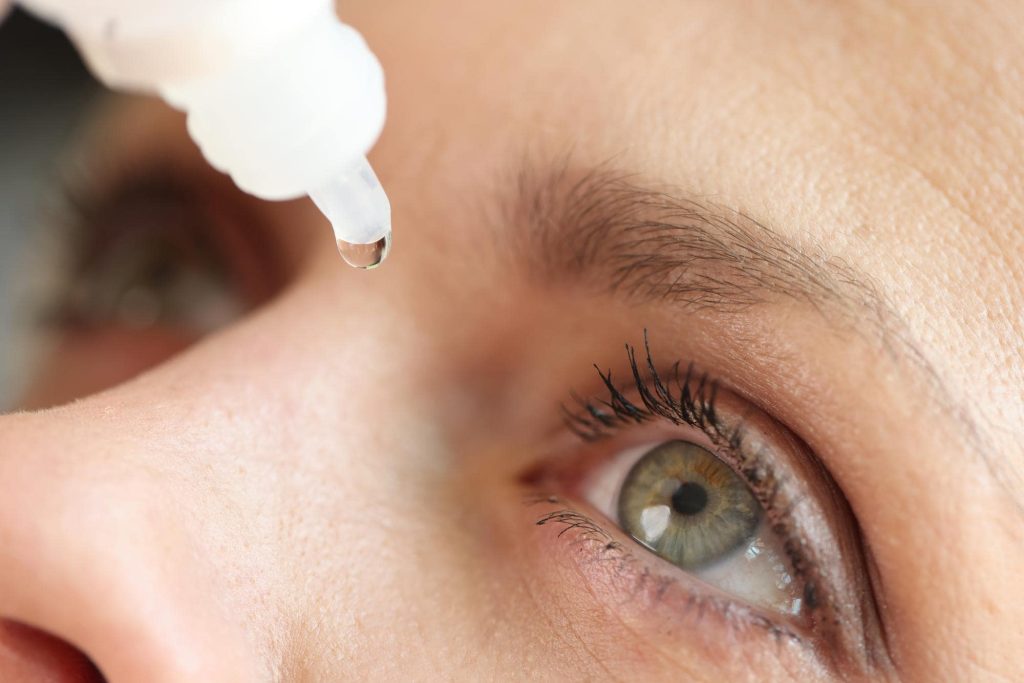
טיפות דמעות – מה זה ולמה משתמשים בהן?
טיפות דמעות הן תמיסות רפואיות או קוסמטיות שמטרתן להקל על
Dry eye syndrome, also known as keratoconjunctivitis sicca, or dry eye syndrome is a common eye disorder that affects millions of people worldwide. It is characterized by a decrease in the production of tears or their increased evaporation, which leads to damage to the surface of the eye and symptoms such as redness in the eyes, irritation, burning and blurred vision. Common treatments for this disease include mainly artificial tears, gels and lubricating ointments, but in some patients they do not provide a satisfactory solution to the problem. In recent years, dry eye treatment with drops produced from autologous serum has been demonstrated in a large number of studies to be effective in the treatment of dry eyes .

Autologous serum eye drops are made from the patient's own blood. 'Autologous' means that the source of the serum is the patient, which makes the serum biocompatible with the tissues of the eye and reduces the risk of immune reactions or side effects. In this process, a blood sample is taken from the patient, and then centrifuged to separate a liquid called serum from the red blood cells that give the blood its color. The serum is then diluted with a sterile solution to create eye drops that can be stored in the refrigerator and used for a set period of time.
The serum is very similar in its composition and physical properties to the tear duct – it contains many growth factors, vitamins, antibodies and other components found in the tears and which contribute to the health of the cells on the surface of the eye. Meadowsweet ingredients are not indicated in regular tear substitutes. These components help accelerate epithelial healing, reduce the intensity of inflammation and improve the stability of tears on the surface of the eye.
Many studies have shown the effectiveness of autologous serum eye drops in the treatment of dry eye diseases. For example, a study published in the "American Journal of Ophthalmology" in 2020 showed a significant improvement in both the subjective symptoms and the objective signs of dry eye disease in patients treated with autologous serum eye drops. The treatment has been shown to be very safe.
Another study published in Ophthalmology in 2022 demonstrated superior performance of autologous serum eye drops compared to conventional artificial tears in providing long-term relief of symptoms and signs of severe dry eye disease.
Autologous serum eye drops are made in a sterile environment, usually in a hospital or blood bank.
The drops are used several times a day, similar to artificial tears. The frequency of use depends on the severity of the disease.
Autologous serum eye drops must be stored in the refrigerator to maintain their effectiveness and prevent the growth of bacteria in them. The serum is supplied in a reusable vial or several disposable vials that can be used for up to 24 hours.
In conclusion, eye drops from autologous serum are a promising treatment for severe eye diseases of the surface of the eye and in particular for dry eye syndrome. Autologous serum drops take advantage of the body's natural healing mechanisms, and offer hope for improving the quality of life in patients in whom there was no sufficient improvement with conventional treatment.
Credit: Professor Yoav Nahum
Website: profnahum.co.il

טיפות דמעות הן תמיסות רפואיות או קוסמטיות שמטרתן להקל על

ויטמין C הוא אחד הוויטמינים החיוניים ביותר לבריאות העיניים, הודות

מרכז מומחים לאבחון וטיפול מתקדם בתסמונת העין היבשה ומחלות פני שטח העין















